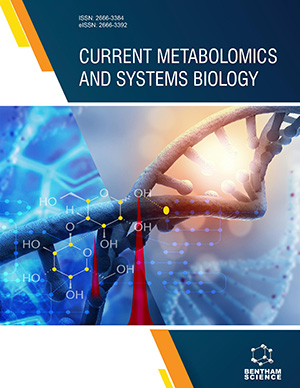Abstract
Hydrogen (H2) is a versatile, clean burning, and renewable energy currency that can potentially displace the use of petroleum-based fuels in the transportation sector, which accounts for 74% of the total projected increase in liquid fuel consumption over the next 30 years. Demand for hydrogen is also expected to increase as it starts penetrating the transportation sector as a fuel: about 40 million tonnes of hydrogen per year would be required to fuel about 100 million fuel cell-powered cars after full market penetration. Hydrogen fuel can be produced from a diverse array of potential feedstocks including fossil fuels, water, and organic matter using various chemical and electrochemical methods. Biological hydrogen (biohydrogen) production, which employs the use of hydrogen producing microorganisms via light dependant or fermentative processes. Research on biohydrogen has increased dramatically in the past 6 years, with great emphasis on dark fermentation, but there are many scientific and engineering challenges that must be met by current and future biohydrogen researchers if these technologies are to be technically feasible and economically viable.
Keywords: Biohydrogen production, numbers of publications, future perspective.






















